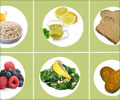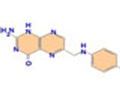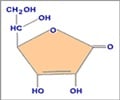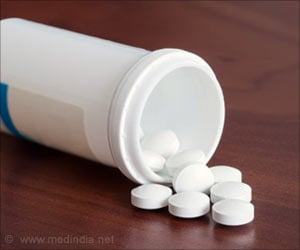A new study says that older women receiving an annual large dose of vitamin D may have an increased risk of falls and fractures
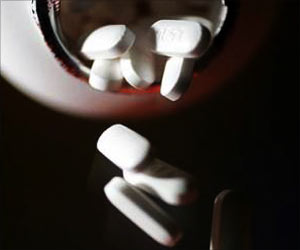
The results of studies investigating the effects of cholecalciferol (vitamin D) supplementation on falls and fractures have been incon-sistent, with some meta-analyses indicating a reduced fracture risk, while others have concluded that vitamin D supplementation is ineffective, or may in-crease the risk of fracture. For individuals attempting to modify their risk of falls or fractures via vitamin D, adherence to daily supplementation is typically poor, according to background information in the article.
Kerrie M. Sanders, Ph.D., of the University of Melbourne, Geelong, Australia and colleagues conducted a study to examine whether high-dose cho-lecalciferol (500,000 IU) given orally once a year to older women would reduce falls and fractures. The vitamin D was given in a single, high-dose to address low adherence and to be a prac-tical intervention easily translated to clinical practice. The trial included 2,256 community-dwelling women, ages 70 years or older, considered to be at high risk of fracture, who were recruited from June 2003 to June 2005 and were randomly assigned to receive 500,000 IU of cholecalciferol or placebo each autumn to winter for 3 to 5 years. The study concluded in 2008.
The trial participants had a total of 5,404 falls over the study period, with 74 percent of 837 women in the vitamin D group and 68 percent of 769 women in the placebo group having at least 1 fall.
Analysis indicated women in the annual high-dose vitamin D group experienced 15 percent more falls. Women in the vitamin D group had 171 fractures vs. 135 in the placebo group, with 26 percent more fractures for participants in the vitamin D group, who also had a 31 percent higher incidence of falls in the first 3 months following dosing.
"This is the first study to demon-strate increased risk of falls associated with any vitamin D intervention and the second study to demonstrate an in-creased fracture risk associated with annual high-dose vitamin D therapy in elderly women. Our study used the largest total annual dose of vitamin D (500,000 IU) reported in any large ran-domized controlled trial, raising the possibility that the adverse outcome is dose-related. The opposing outcomes of 2 studies that used the same total annual dose (300,000 IU intramuscularly) suggest that the dosing regimen (i.e., 4 monthly vs. annually) rather than the total dose might determine the out-come," the authors write.
Advertisement
Source-ANI
RAS





